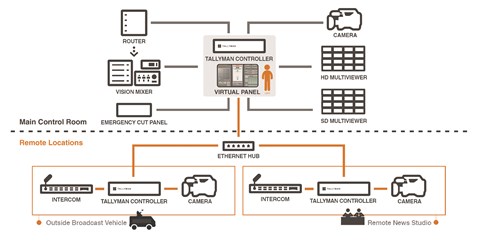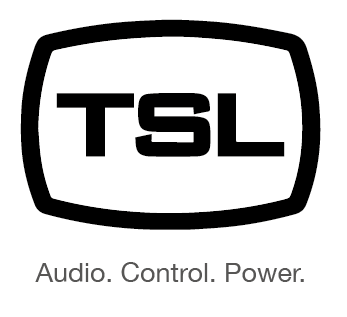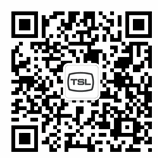EXPLORE THE HUB: Hot Topcis and Deep Dives | Ebooks and Technical Application | Case Studies
Botswana TV
Africa's First Fully Digital TV Station Migrates to HD with TSL Broadcast Control Solutions
Botswana Television (BTV) became Africa’s first fully digital TV station when it first went on air in 2000. Operating from a greenfield studio and playout centre in the country’s capital city, Gaborone, the centre was regarded as state-of-theart and an early adopter of a tapeless workflow. Since that time, the systems have been increasingly under pressure and repaired as they aged. BTV, which transmitted two channels, was also under pressure to migrate its digital transmission to HD. At the same time, the operational and engineering team had developed strong workflows and strong working practices and were reluctant to make too many changes. The requirement and decision, therefore, was toimplement new technology to provide additional functionality, renewed levels of reliability, and the agility to handle new requirements, while remaining familiar to operational staff.
A New Technology Platform
Leading systems integrator Dega Broadcast Systems was contracted to design and implement the new technology platform. The technology upgrade was intended to cover three production studios, two playout channels (capable of expansion to four), two outside broadcast trucks, and a post-production area including graphics and editing.
BTV had a legacy control layer, which provided some integration of hardware systems. It wanted to retain existing functionality – including software control as well as hard panels – but it needed the system to be much more all-encompassing. It also wanted the flexibility to control multiple devices in a logical way. Working together, Dega and BTV selected appropriate technology for the move to HD.
Dega proposed the TallyMan intelligent unified control platform from TSL Products. BTV was immediately ready to consider this suggestion, as one of the few parts of the original station installation still working well was the under-monitor display (UMD) from TSL. BTV was convinced that TSL clearly provided resilient technology.

Application
An Advanced System for Current and Future Needs
In a sense, TallyMan – as its name suggests – grew out of UMD control, but it has become a smart automation platform as well as a control layer. The BTV system is one of the first of more than 1,000 global installations to widely deploy the new TallyMan Virtual Panels.
The TallyMan Virtual Panel has achieved this level of success because, most importantly, it is a completely agnostic platform. It supports interfaces for virtually every vendor and product commonly used in the industry. Where it does not exist, an interface can be quickly implemented. For example, this was accomplished when BTV needed full remote control of a Canon BU-47 robotic camera on top of a 35m mast.
Along with seamless third-party integration, the Virtual Panel offers a powerful control engine for grouping multiple actions into a simple, drag and drop control surface. Broadcasters can establish production pre-sets that trigger actions from multiple pieces of equipment with a single keypress. Logic trapping ensures all elements of a path are established before it can be taken to air, helping to eliminate operational errors while providing simple access to complex actions.
This intuitive user interface ensures that the end user’s engineering team can adapt existing pre-sets and add new operations or equipment at any time in the future.
Leveraging Hardware Panels and Software Control
Dega and BTV’s engineering team had begun migrating towards a mixture of hardware panels and software control. Recognising that hardware panels are often operationally the most logical control surface, TSL Products includes several rack-width button panels in the TallyMan range. Dega and BTV selected the 16 button hard panels for the new installation. While having the familiar format of a simple router panel, the TMCP-16 panels include active matrix displays on each key, making it the precise functionality clear while allowing the panels to include dynamic control and multi-page switching.
BTV will also benefit from virtual panels where control surfaces are built on the modern generation of touchscreen PCs that allow context-aware screen layouts, presenting precisely the right controls to the user at any time. TallyMan’s software includes a substantial graphics library to speed the design of virtual panels. This includes rotary and slider controls for precise setting of levels for audio, lighting and more. The TMVP virtual panel also supports the ability to import graphics such as logos, maps and charts to create completely customised and immediately obvious user interfaces.
Using the design software, Dega was able to tailor panels to the precise needs of the individual user. The Canon external remote camera is an excellent example. An operational camera would have pan, tilt and zoom controls; an engineering panel would have white balance and iris controls. The identity of the user determines what functionality is available. Again, the aim is to maximise quality and eliminate errors by ensuring staff are only presented with the controls they need.
DOWNLOAD CASE STUDY |


